Introduction
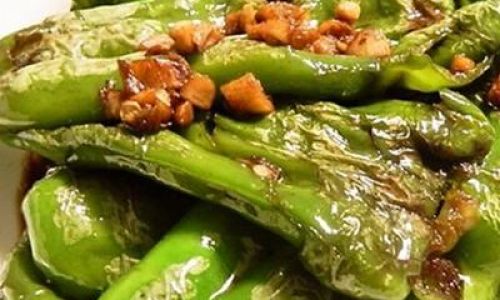
Pickling green peppers is a timeless culinary tradition that preserves the fresh, vibrant flavor of summer’s bounty for enjoyment throughout the year. Whether you’re an avid home cook, a food preservation enthusiast, or simply someone who loves the tangy, crunchy delight of pickled vegetables, learning how to pickle green peppers can add a delightful dimension to your culinary repertoire. This comprehensive guide will walk you through the entire process, from selecting the perfect peppers to creating a flavorful brine and ensuring safe, long-term storage. By the end, you’ll be equipped with the knowledge and skills to craft your own batch of delicious, homemade pickled green peppers.
Chapter 1: Selecting the Right Green Peppers
The first step in pickling green peppers is choosing the right peppers. The quality of your peppers will directly impact the final taste and texture of your pickles. Here are some key factors to consider:
1 Varieties of Green Peppers
Green peppers come in various varieties, each with its own unique flavor and texture. For pickling, some of the most popular options include:
- Jalapeño Peppers: Known for their fiery heat and slightly fruity flavor, jalapeños are a great choice for those who enjoy spicy pickles.
- Serrano Peppers: Similar to jalapeños but often smaller and with a more intense heat, serranos are excellent for pickling due to their firm flesh and robust taste.
- Hungarian Wax Peppers: These peppers are long, slender, and mild in heat, with a sweet, slightly tangy flavor. They are perfect for those who prefer less spicy pickles.
- Cubanelle Peppers: Cubanelles are mild and sweet, with a fleshy texture that holds up well to pickling. They are ideal for those who want to enjoy the crunch and tang of pickled peppers without the heat.
2 Freshness and Ripeness
When selecting green peppers for pickling, look for firm, crisp peppers with smooth, glossy skin. Avoid peppers that have soft spots, wrinkles, or discoloration. The peppers should be fully green, indicating that they are ripe but not overripe. Overripe peppers tend to be softer and may not hold up well to the pickling process.
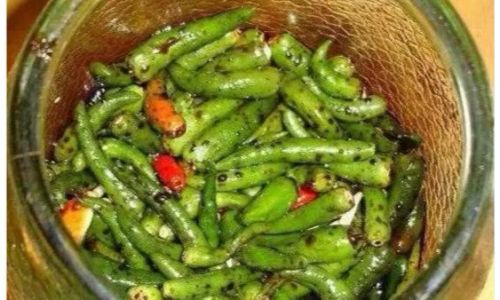
3 Size and Shape
The size and shape of your peppers can affect both the appearance and the pickling process. Smaller peppers tend to pickle more quickly and uniformly, while larger peppers may take longer and require additional attention to ensure even pickling. Choose peppers that are relatively uniform in size and shape for a more consistent final product.
Chapter 2: Preparing the Peppers for Pickling
Once you’ve selected your peppers, it’s time to prepare them for pickling. This involves cleaning, trimming, and sometimes seeding the peppers, depending on your preferred level of heat.
1 Cleaning the Peppers
Start by rinsing the peppers under cold running water to remove any dirt or debris. Use a vegetable brush to gently scrub the skin, if necessary. Pat the peppers dry with a clean kitchen towel or paper towels.
2 Trimming the Peppers
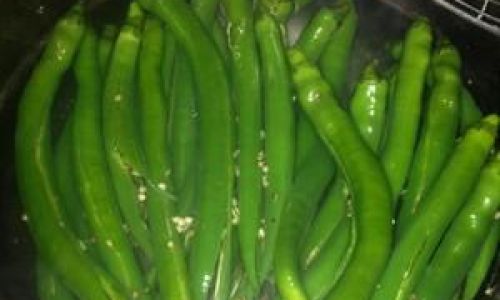
Trim the stems off the peppers, leaving a small amount of stem attached if desired for a more presentable final product. You can also trim away any blemishes or bruised areas.
3 Seeding the Peppers (Optional)
If you prefer less spicy pickles, you can remove the seeds and membranes from the peppers. This will reduce the heat but also alter the flavor slightly. To seed the peppers, cut them in half lengthwise and use a spoon to scoop out the seeds and membranes. If you like some heat but not too much, you can leave a few seeds in each pepper.
Chapter 3: Creating the Pickling Brine
The brine is the key to successful pickling. It provides the necessary acidity to preserve the peppers and adds flavor to the final product. Here’s how to create a basic pickling brine:
1 Ingredients
- Water: Distilled or filtered water is best to avoid any impurities.
- Vinegar: White vinegar, apple cider vinegar, or rice vinegar are common choices. The type of vinegar you use will affect the flavor of your pickles.
- Salt: Non-iodized pickling or kosher salt is recommended. Iodized salt can discolor the pickles.
- Sugar (Optional): A small amount of sugar can help balance the acidity and add a touch of sweetness.
- Spices and Herbs (Optional): Garlic, dill, mustard seeds, bay leaves, and red pepper flakes can add complexity and depth to your brine.
2 Making the Brine
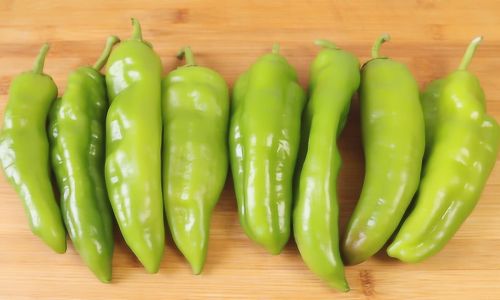
- Combine Water and Vinegar: In a large pot, combine equal parts water and vinegar. The exact ratio depends on your personal preference, but a common ratio is 1 cup vinegar to 1 cup water.
- Add Salt and Sugar: Add salt and sugar to the pot, stirring to dissolve. The general guideline is about 1/4 cup of salt and 1-2 tablespoons of sugar per quart of liquid.
- Add Spices and Herbs: If using, add your chosen spices and herbs to the pot.
- Bring to a Boil: Heat the mixture over medium-high heat until it comes to a boil. Stir occasionally to ensure that the salt and sugar are fully dissolved.
- Cool the Brine: Remove the pot from the heat and let the brine cool to room temperature. You can speed up the cooling process by placing the pot in an ice water bath.
Chapter 4: Packing the Peppers and Pouring the Brine
Now that your peppers are prepared and your brine is ready, it’s time to pack the peppers and pour the brine.
1 Packing the Peppers
- Choose a Container: Select a clean, glass jar with a tight-fitting lid. Make sure the jar is large enough to hold all of your peppers and enough brine to fully submerge them.
- Pack the Peppers: Pack the peppers tightly into the jar, standing them up if possible to save space. If you’ve left the stems on, make sure they are facing up.
2 Pouring the Brine
- Pour the Brine: Carefully pour the cooled brine over the peppers, ensuring that they are fully submerged. If necessary, use a weight, such as a small glass jar filled with water, to keep the peppers submerged.
- Seal the Jar: Wipe the rim of the jar clean to remove any brine or debris, then secure the lid tightly.
Chapter 5: Processing the Pickles
There are two main methods for processing pickles: the refrigerator method and the canning method. The refrigerator method is simpler and faster but requires storage in the refrigerator. The canning method allows for longer-term storage at room temperature but involves more steps and equipment.
1 Refrigerator Method
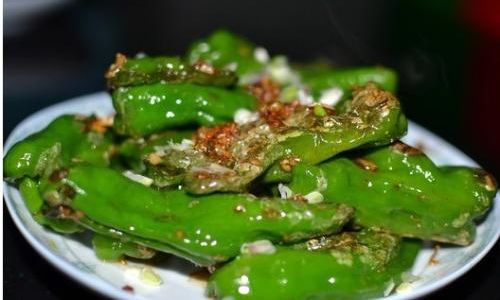
- Refrigerate: Place the jar of pickles in the refrigerator and let them sit for at least a week before eating. This allows the flavors to meld and the peppers to soften slightly.
- Storage: Store the pickles in the refrigerator for up to several months.
2 Canning Method
- Prepare the Canner: Fill a large pot (such as a water bath canner) with enough water to cover the jars by at least 1-2 inches. Bring the water to a simmer.
- Process the Jars: Place the filled jars in the canner using a jar lifter. Make sure the jars are not touching each other or the sides of the pot. Cover the pot and bring the water to a rolling boil.
- Processing Time: Process the jars for the appropriate amount of time based on your altitude. For most areas, processing time is about 10-15 minutes for pints and 15-20 minutes for quarts.
- Cool the Jars: Remove the jars from the canner using the jar lifter and place them on a towel or rack to cool. Let them sit undisturbed for at least 12-24 hours.
- Check the Seals: Once the jars have cooled, check the seals by pressing the center of each lid. If the lid does not move up and down, the jar is sealed. If the lid moves, the jar did not seal properly and should be refrigerated and eaten within a few weeks.
- Storage: Store the sealed jars in a cool, dark place for up to a year.
Chapter 6: Troubleshooting and Tips
Pickling green peppers can sometimes present challenges, but with a few troubleshooting tips and tricks, you can ensure successful results.
1 Common Issues and Solutions
- Soft Peppers: If your pickled peppers are too soft, they may have been overcooked or overprocessed. Use firmer peppers and reduce the processing time.
- Discolored Peppers: Discoloration can occur due to the use of iodized salt or exposure to air. Use non-iodized salt and ensure that the peppers are
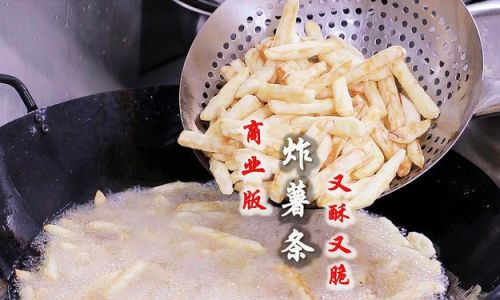


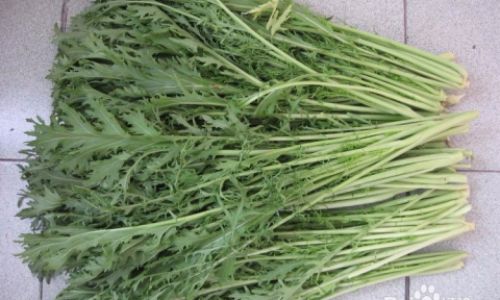
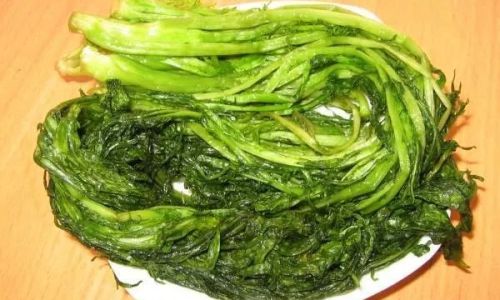
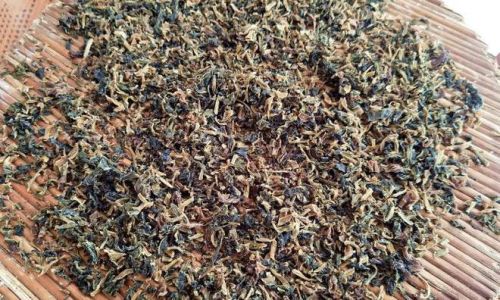
0 comments